Spreo (Superb) Starling - Spreo superbus
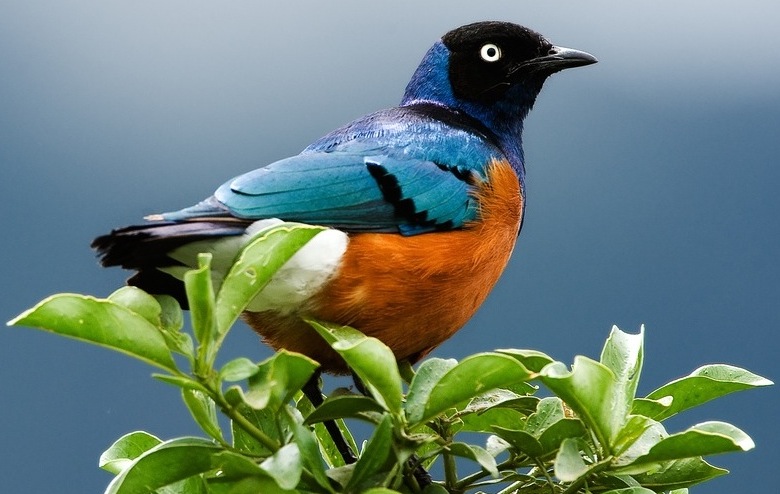
Origins: East Africa, being present in south-eastern Sudan, southern Ethiopia and from Somali south to Tanzania.
Length: 20cm (8in).
Appearance: Glossy black plumage on the head, with greenish and blue iridescence hues, becoming a stronger shade of metallic green on the back and wings. There is a distinctive white band separating the black plumage present on the upper chest from the chestnut feathering of the abdomen. The undertail coverts and vent are white, with the tail feathers being blackish. Legs and bill blackish, with the eyes being a striking shade of pale yellow. Cocks and hens are similar in appearance, while young birds can be distinguished by their dark eyes.
Variants: The species known as the chestnut bellied-starling (Spreo hildebrandti), which occurs in two forms. The subspecies described as Hildebrandt’s spreo starling (shown right) is restricted to southern Kenya and Tanzania, while the closely-related Shelley’s spreo starling is present in the extreme south-east of Sudan, southern parts of Ethiopia and Somalia, as far as eastern Kenya. The coloration of this species is darker overall, but the most obvious means of separating it from the superb is the absence of the white band on the chest and the white undertail coverts. The wings of the chestnut-bellied starling also have a bluer rather than green iridescence.
The subspecies themselves can also be distinguished quite easily. Shelley’s spreo starling has underparts of a deeper shade of chestnut than in the case of Hildebrandt’s, with the iridescent areas on the head, back and wings being of a more purplish shade.
Sociability rating: May be kept with other birds of similar size in a spacious flight, or even in groups, but breeding results are likely to be more successful if pairs are housed on their own.
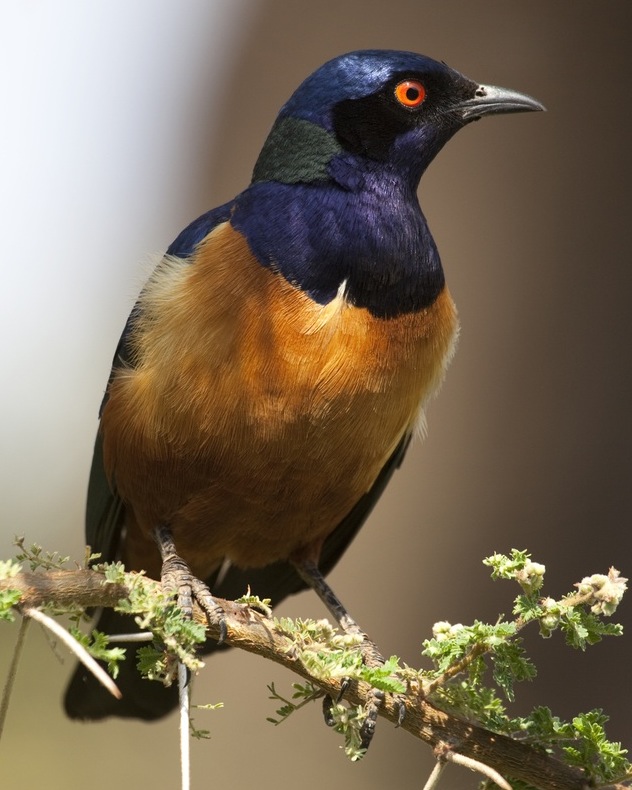
The active nature of these starlings means that they are best suited to aviary life. Although hand-reared chicks can develop into lively companions, the calls of spreo starlings are not especially musical, nor are they especially talented as mimics.
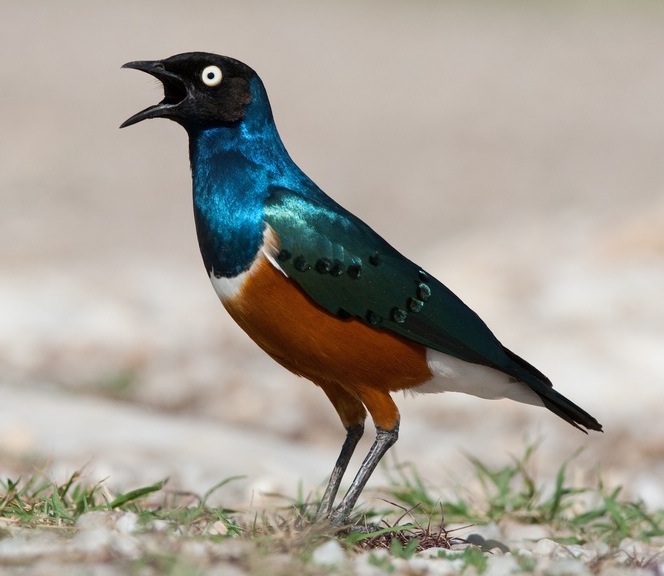
Care:
Will thrive in a planted flight, but it is advisable to place paving slabs or concrete under the main perches to facilitate cleaning, because these birds are relatively messy. A well-lit, snug shelter should be provided for use when the weather is cold, although superb starlings are relatively hardy once properly acclimatised. Recently-imported birds may need to be kept in heated accommodation over their first winter.
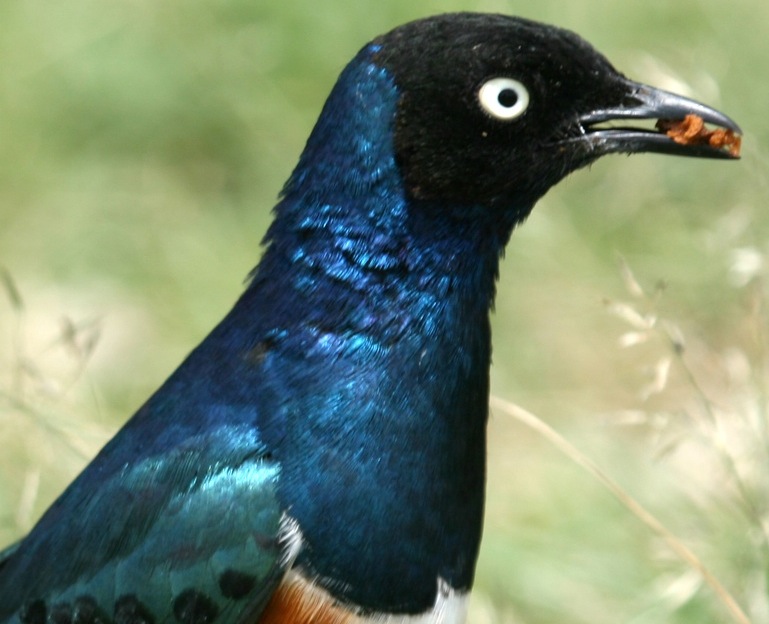
These starlings are easy to cater for, requiring a diet comprised of low iron softbill food or pellets, mixed with diced fruit of various types plus livefood such as mealworms, waxmoth larvae and crickets offered on a daily basis. A bowl of water for bathing purposes is also needed, aside from drinking water, with the contents of both being changed each day.
Breeding: DNA sexing will be necessary to identify a pair with certainty. Provide a parakeet-type nest box and nesting material such as small pieces of twigs, dried grass and moss which the birds can use to create an untidy lining in their box. The amount of livefood in the diet must be increased once the chicks have hatched, with a smaller size of crickets often being more suitable in the early stages. Remove the chicks once they are eating independently, as they could be at risk of being attacked by the adult birds if they are keen to nest again.
Breeding data: Two or three eggs ; incubation lasts 13 days ; the chicks leave the nest when about three weeks old.
Health care: Watch for gapeworm infection, which often causes the birds to breathe with their mouths open, lose condition and can prove fatal, especially in young birds. Avoid offering potentially infected source of livefood, such as snails from the garden.
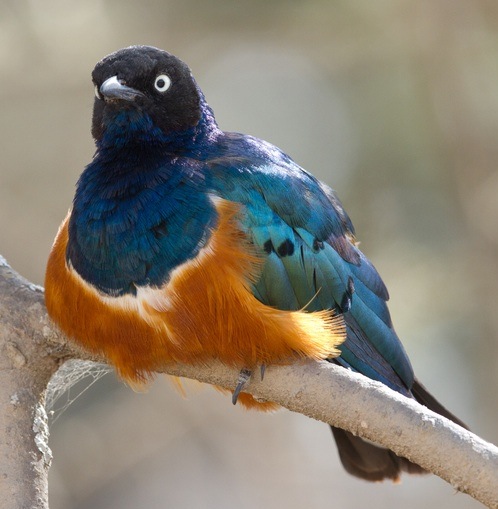
Potential lifespan: Can be up to 10 years.
Another option? See a profile of the purple glossy starling.